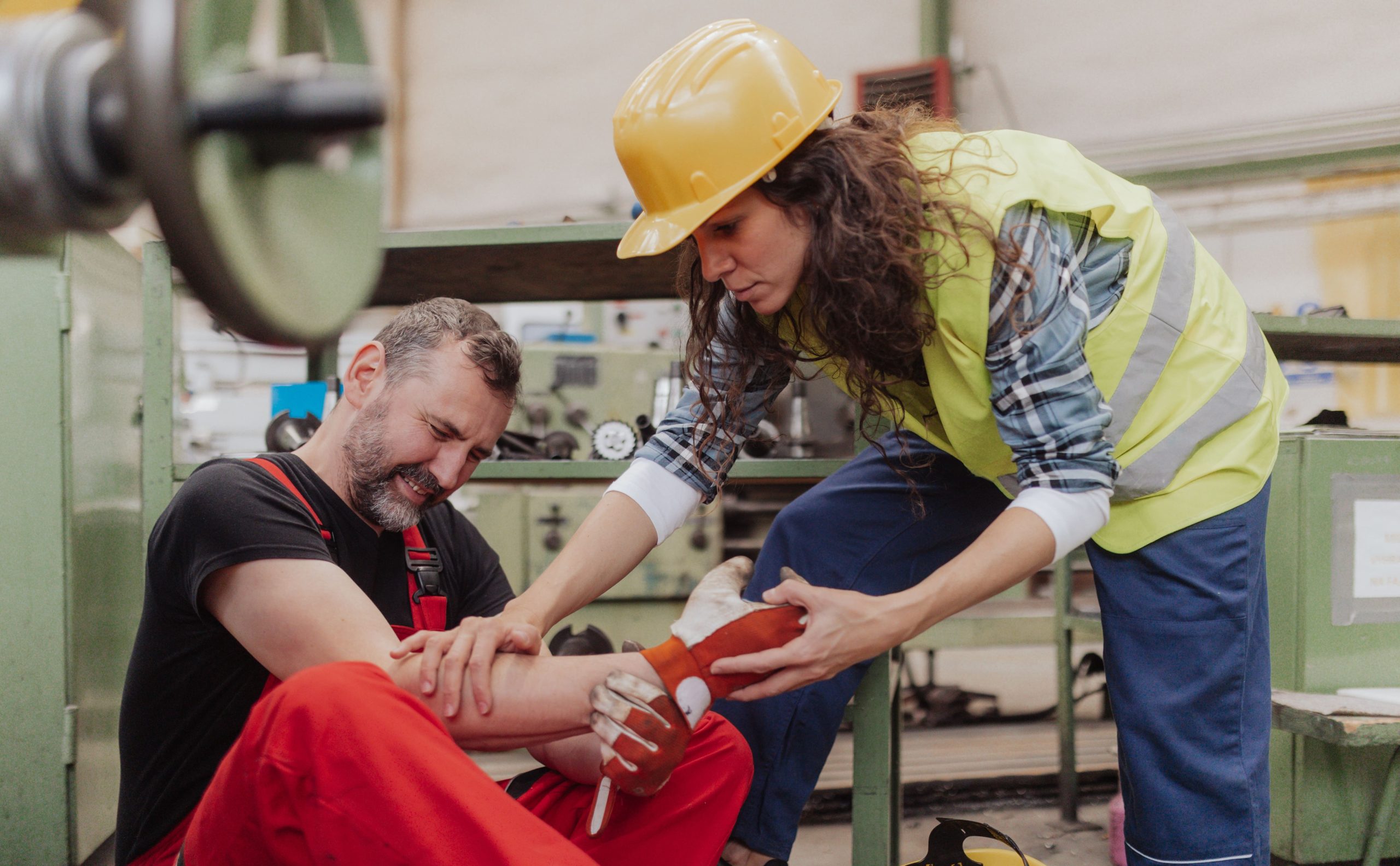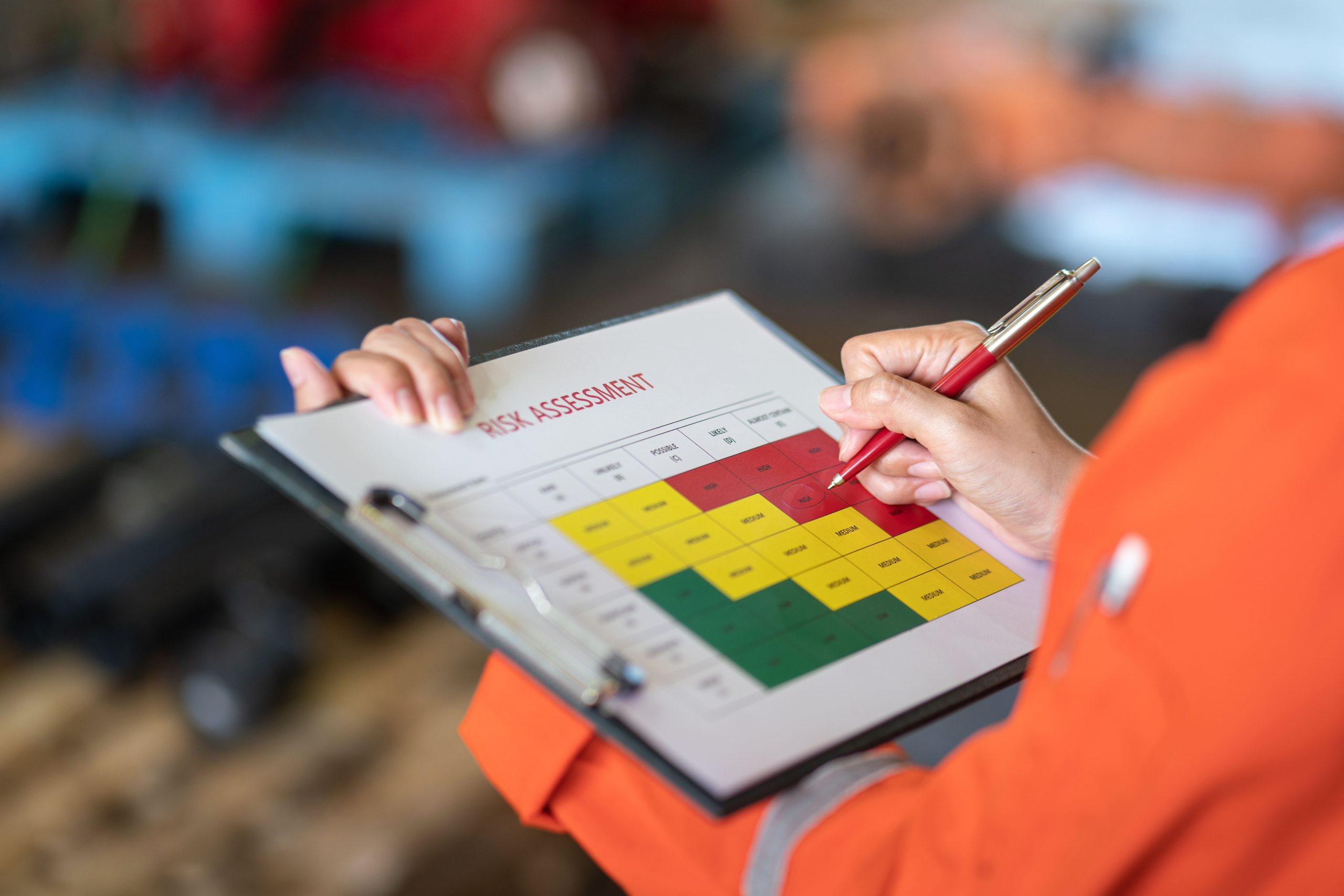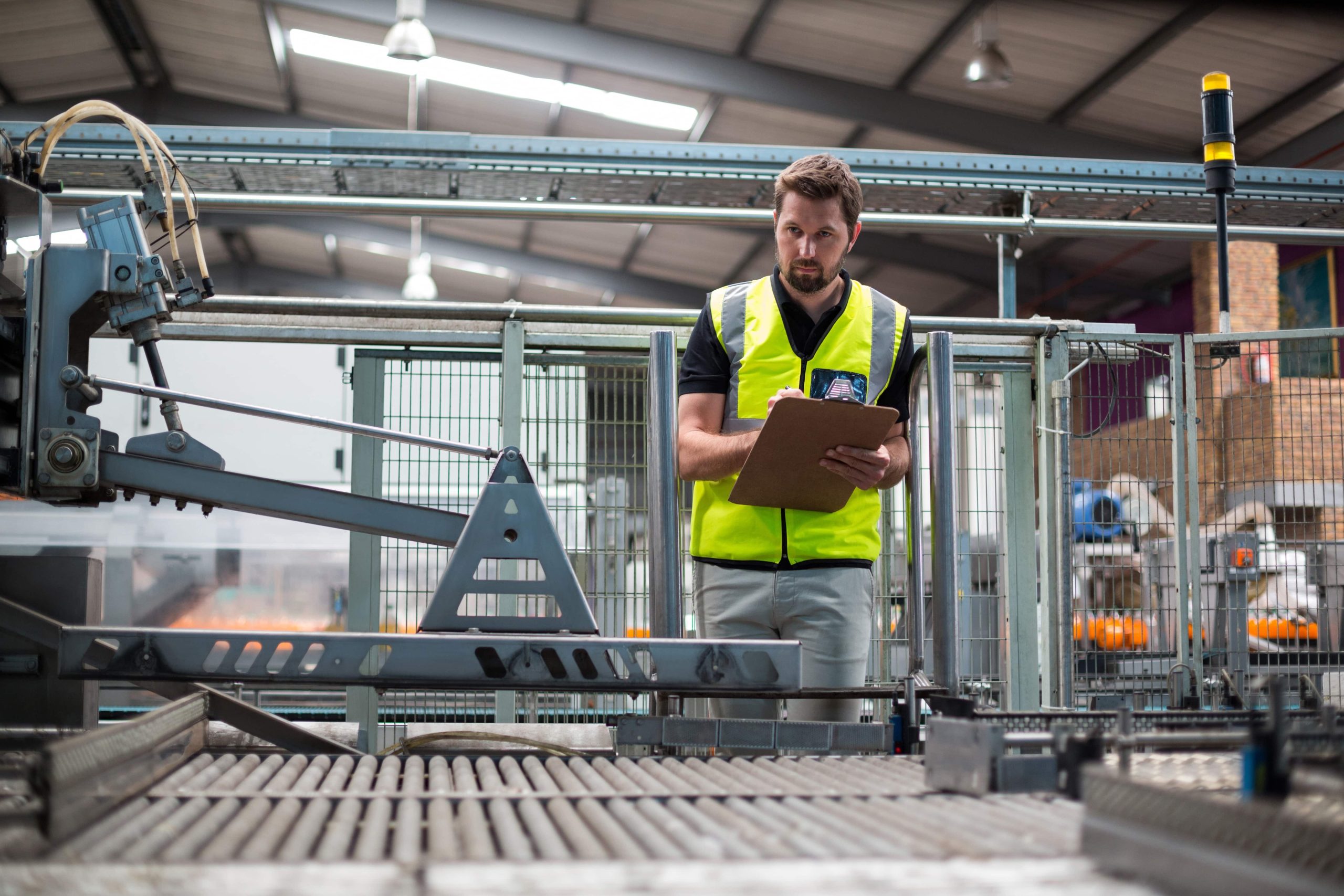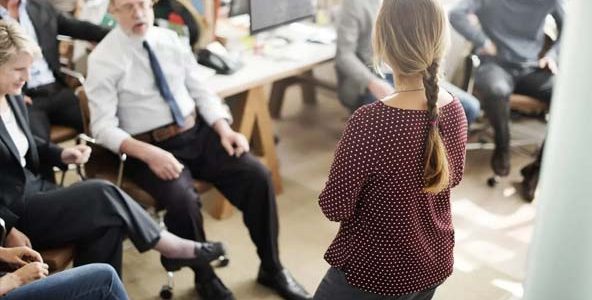BLOG
Revealed: the common root causes behind ‘wholly avoidable’ workplace accidents
Written by Scott Crichton on 3 August 2022

The vast majority of workplace accidents are preventable. Indeed, many of the HSE’s press releases contain phrases such as “tragic and totally unnecessary loss of life”, “could have been prevented” and “wholly avoidable”.
This is alarming, as in 2022, there’s simply no excuse for organisations to not be managing their health and safety risks, and to not know what’s required of them under health and safety law. Still, annual fatal injury statistics continue to remind us that serious incidents can and do occur in all manner of workplaces, and in order to drive down the numbers, we need to know why.
While the statistics reveal the manner in which people were killed or injured, such as falling from height or coming into contact with moving machinery, what they don’t tell us is the underlying risk management failings that allowed these incidents to occur in the first place.
To provide this insight, we reviewed over 200 HSE prosecutions dating back to 2005, across 10 different sectors, to establish common root causes that all employers can learn from. We looked specifically at those cases which were “wholly avoidable” (or words to that effect).
So what mistakes are employers still making? Whilst some accidents have multiple contributing factors, here are the three most common primary root causes of serious safety incidents in the workplace, according to our research.
1. Lack of planning
In 97 of the 200 cases we reviewed (48.5%), inspectors stated that the employer had failed to put in place adequate risk control plans and strategies to manage health and safety risks. This can be a fundamental failure, as had they planned for health and safety, fatalities and serious injuries could have been avoided.
The HSE recommends that organisations follow a Plan, Do, Check, Act approach to health and safety management. The first part of this – the planning – involves developing policies, procedures and systems which reduce risk. It is a legal requirement for organisations to have sufficient policies and procedures, though in many cases these fall short – we discuss some of the common mistakes employers make here.
According to the HSE, planning should involve considering where you are now and where you need to be, what you want to achieve (and how you will achieve it), who will be responsible for what, and how you will measure performance.
Further to policies are procedures, many of the cases we reviewed involved a lack of safe working practices or Safe Systems of Work (SSoW) or a failure to follow them, which is another important part of planning. These set out how a particular activity, job or task will be carried out in a safe manner.
While the Health and Safety at Work Act (HSWA) doesn’t explicitly prescribe written SSoW, legislation does require employers to have systems of work that are safe and without risks to health. We take this to mean that employers must have SSoW (i.e. agreed ways of working, whether written or not) and train staff to follow them.
The fact that many “wholly avoidable” incidents involved a lack of, or failures in, SSoW is unsurprising, as without a recognised procedure in place to deal with non-routine processes, the threat of human failure is high.
In one case, for example, a worker sustained serious injuries after a colleague turned on a machine, unaware he was cleaning it. The HSE said the incident “could have easily been prevented had a robust safe system of work been in place which included, for example, the isolation of power to the machine whilst cleaning was carried out.”
In a few similar cases, organisations did not have simple plans and systems in place to prevent such incidents, such as a Lock Out, Tag Out, Try Out (LOTOTO) system that ensures machinery is mechanically and electrically isolated to prevent it starting unexpectedly.
Do you need support?
Speak to us for an honest, no obligation chat on:
0345 226 8393 Lines are open 9am – 5pm
2. Failure to risk assess
Another common theme throughout the cases was a failure to risk assess or follow risk assessments. 65 out of the 200 prosecutions we looked at (32.5%) cited this as a fundamental failure.
Risk assessment is an integral part of health and safety management, and you have an absolute duty to assess risk, meaning it’s non-negotiable.
While a policy sets out what you will do to manage a particular risk, a risk assessment looks at the risk, the likelihood and severity of that harm occurring, what you are currently doing (the second part of Plan, Do, Check, Act) to manage this risk, and what more can be done to make things safer.
Without this, employers are allowing uncontrolled risks to continue within their workplaces, and this can often be an accident waiting to happen. What’s more, you may be leaving yourself open to prosecution, fines, civil claims, reputational damage, imprisonment, and higher insurance costs, amongst other costly consequences.
Last year, for instance, a company was fined £266,000 after an employee was fatally injured while operating an overhead crane adjacent to a molten zinc bath. Due to the absence of vent holes to prevent the build-up of pressure inside it, a tubular steel brace exploded during galvanising, causing it to ‘rocket’ across the workshop floor, striking the employee. The HSE concluded that the incident “could easily have been prevented if his employer had acted to identify and manage the risks involved.”
Under the Management of Health and Safety at Work Regulations 1999, employers are legally required to undertake risk assessments of their environment, tasks and equipment to understand how risks can be reduced so far as is reasonably practicable.
However, in many of the cases we looked at, organisations failed to develop suitable and sufficient risk assessments and/or missed clear industry guidance and neglected to manage risks well known to their sector.
To avoid this potentially serious pitfall, organisations can start by producing a simple risk register that allows you and your employees to consider the risks present in your workplace (as well as any specific risks your sector is exposed to) and what can be done to protect people using the guidance and information available to you.
At WorkNest, our consultants often come across areas within risk assessments that leave organisations vulnerable. With a little time and effort and the assistance of others, these important documents can be developed in a way that helps to protect your organisation, your people, your reputation and your bottom line.

3. Lack of machine guarding/maintenance
Of the 200 “wholly avoidable” cases we looked at, the third most common root cause was a lack of machine guarding/maintenance, accounting for 8% of all incidents.
Naturally, the vast majority of these cases were within the manufacturing sector, but issues surrounding maintenance and machine guarding were also identified as underlying failings in cases that occurred in the transport, recycling, construction and local authority sectors too.
In one case, for instance, a plastics manufacturer was ordered to pay £150,000 after a worker became unconscious as a result of asphyxiation when his tabard became entangled in the rotating spindle of a print machine. The investigating inspector said the incident “could so easily have been avoided by simply ensuring that dangerous parts of machinery were guarded”.
Employers have a legal duty to guard dangerous parts of machinery and maintain work equipment where it is deemed to be reasonable. If it is technically feasible, regardless of cost, you must implement guarding using the hierarchy of guarding controls (fixed guarding, interlock guarding, adjustable guarding, trip device guarding).
It’s unsurprising that a lack of proper guarding is a common root cause of “wholly avoidable” accidents as, ultimately, employers have no choice but to guard a piece of machinery, so if someone does get hurt, it will have been easily preventable. This may also explain why manufacturing was found to be the sector with the highest number of “wholly avoidable” cases.
What employers often fail to fully appreciate is that the cost of a fine or prosecution will likely far outweigh the cost of implementing what’s needed to make machines safe. Still, many choose to run the risk and hope for the best, putting their people and business at risk in the process.
To this end, it’s well worth investing in a competent person to check the condition of your guarding on your machine by undertaking a guarding audit to determine areas of improvement.

Other root causes
Our research also identified a number of other root causes behind workplace health and safety incidents.
5% of cases involved a failure to segregate vehicles. Where there is transport movement within the workplace, regardless of sector, employers are required to keep vehicles and pedestrians apart so far as is reasonably practicable; however, 10 cases involved a failure to do this.
Other underlying failings cited by the HSE included a lack of training (3.5% of cases), poor supervision (1.5% of cases) and poor management systems (1% of cases).
A lack of training is a key mistake. In fact, the HSE’s Accident Prevention Advisory Unit has shown that human error is a major contributory cause of 90% of accidents, 70% of which could have been prevented by management action. Enrolling employees in courses such as IOSH Safety for Executives & Directors and IOSH Managing Safely – as well as interactive training events such as mock trials – will help to prevent accidents by ensuring everyone in your organisation is aware of their responsibilities.
Note that training was also identified as a secondary reason behind many of the incidents we looked at, so it’s importance should not be overlooked.
What does this tell us?
Examining the root causes of these cases highlights that even in 2022 – nearly 50 years on from the introduction of the HSWA – many organisations are failing to implement even the Plan and Do phases of Plan, Do, Check, Act. These are the basics of good health and safety management, and the fact that some employers are still not taking these steps – and are running the gauntlet for whatever reason – is very concerning.
Aside from the devastating human impact, these oversights are costing employers significantly. In fact, taking into account the fines and legal costs involved, these 200 prosecutions cost employers over £47 million, plus almost £4 million in legal costs.
Often, the rationale for poor practices is “I wasn’t aware”, “I don’t have the time”, “that’s not my job”, “we don’t have the funding” or simply “it will be alright”. When you run a business, time and money is precious, but a lot more time and money will be consumed by a serious incident or fatality – and many organisations have learned the hard way, so invest in good health and safety practices now.
Related Content

FREE WEBINAR
How Better Health and Safety Practices Can Improve Your Claims Defensibility
Not sure your safety practices are up to scratch?
WorkNest can help your organisation take a proactive approach to health and safety compliance through dedicated consultant support, the development of a tailored health and safety policy and handbook, annual audits, simple-to-use risk management software and interactive e-Learning courses.
In fact, we’re so confident in our support, we’ll even act as one of your legally-required competent persons.
Get health and safety confident. Call our team today on 0345 226 8393 or request your free consultation using the button below.








